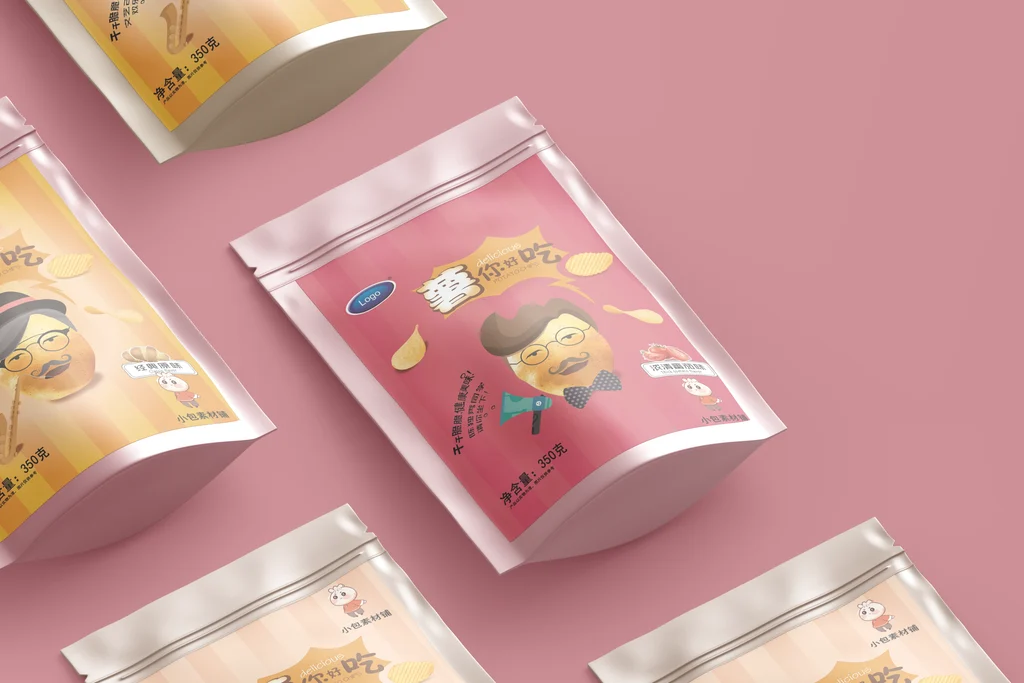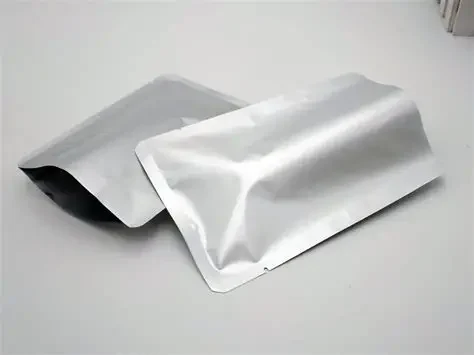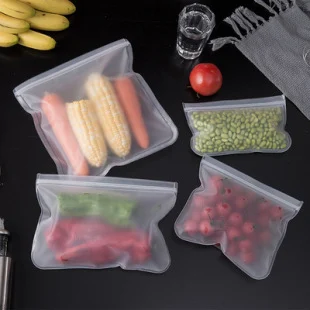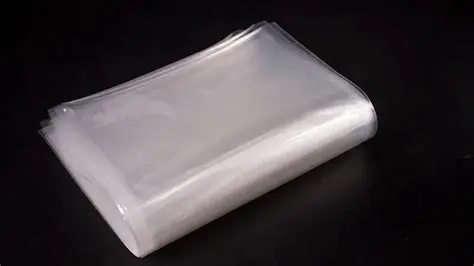Stay updated with our latest news, including industry insights, product updates, and stories about how we continue to drive innovation in coffee packaging. By following our news, you'll be the first to learn about our latest advancements in sustainability, design innovation, and business partnerships.

As a manufacturer of pet food packaging bags, we understand that the right packaging is essential to ensuring the quality, freshness, and nutritional value of your pet food products. Choosing the right packaging not only preserves the i...
2025.10.30
1. Among the three resins—EVA-40W, MP-45, and CL-PP—CL-PP typically contributes the highest solvent residue levels, while EVA-40W contributes the lowest. Therefore, under conditions that ensure composite strength, the CL-PP content can ...
2025.10.28
Analysis of Heat Sealing Issues in Aluminum Foil Bags and Optimization Measures: 1. Insufficient Heat Bar Temperature and Variations in Composite Film Thickness During the production of aluminum foil bags, heat sealing issues are ...
2025.10.23
Food vacuum bags, also known as reduced-pressure vacuum packaging, are designed based on atmospheric pressure principles. Their primary function is to isolate oxygen, thereby helping prevent food spoilage and deterioration. Vacuum packa...
2025.10.21
Causes of Frozen Food Packaging Bag Ruptures I. Materials 1. Insufficient Cold Resistance of Packaging Materials Under low-temperature conditions, the flexibility of packaging materials significantly decreases, leading to incre...
2025.10.16
1. In terms of performance, frozen vacuum bags are designed to extend the storage life and shelf life of frozen foods through the use of refrigeration. Quick-freeze vacuum bags, on the other hand, are used to preserve the freshness of f...
2025.09.28